
Without needing heavy logo-embedded prints, designer Kate Spade has an aesthetic that will live on forever. In 1993, the Midwestern writer left her job as an accessories editor at Mademoiselle to design what she felt the market was missing: colorful, utilitarian-inspired handbags. Three years later, the fashion expert was riding her famous bike, complete by a wicker basket, to her first store in the Soho District of New York City. That year, the storefront with bright, artistic displays broke $6 million in sales, as reported by WWD.
Her color palettes and quirky quotes were making New Yorkers smile. And, for those obsessed with accessories, the stark uniqueness of her brand made her customers standout with ease. Soon, she was battling a number of infringement suits to maintain the integrity of her design.
Her impact on fashion, however, didn't end there, especially as her legacy, which includes pick-me-up quotes, preppy style and bright accessories, continued to grow.
In 2016, she and Andy started a new company, Francis Valentine, which subtly reestablished her status as the brains behind her Americana aesthetic with similar styles to her original designs.
With sudden and tragic news of the designer's death, we're taking a look back at all of the times she impacted the fashion world. Scroll through her journey below!

Kyle Ericksen/Penske Media/REX/Shutterstock
1996: The First Kate Spade Store Opens
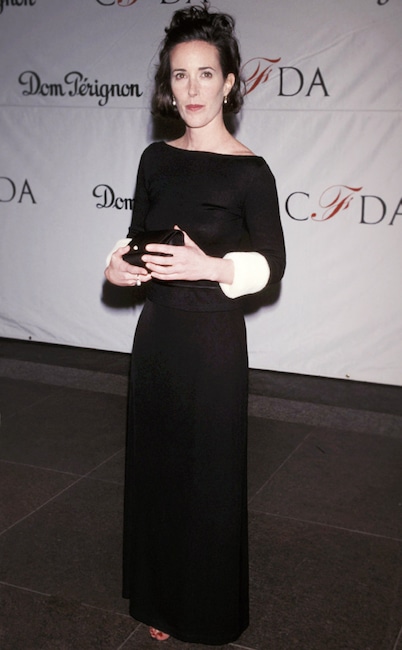
Ron Galella/WireImage
1998: Kate wins her second CFDA International Award
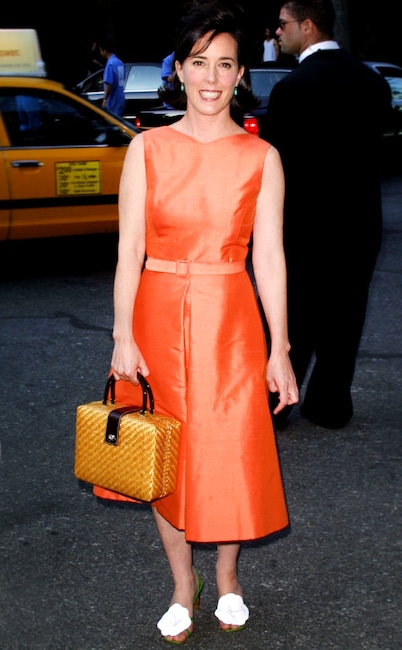
Jim Spellman/WireImage
1999-2002: Kate introduces Jack Spade and cosmetics
Article continues below
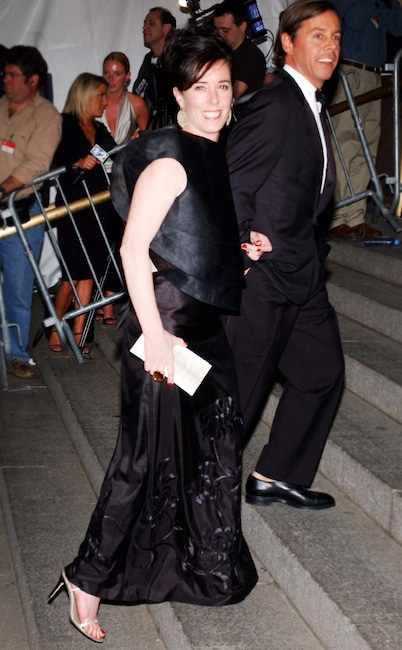
Jim Spellman/WireImage
2003: Follow the Leader

Bebeto Matthews/AP/REX/Shutterstock
2004: The Digital Storefront
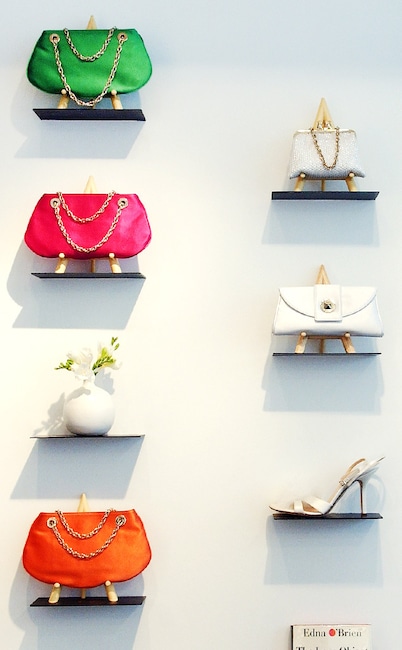
Bryan Bedder/Getty Images
2006: The Next Chapter
Article continues below
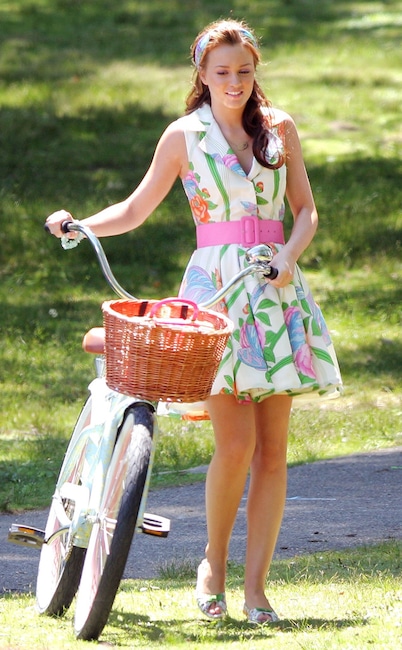
James Devaney/WireImage
2008: Her Design Legacy
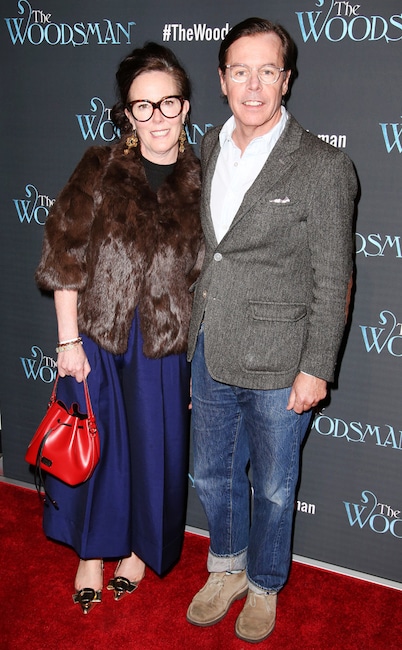
Walter McBride/Getty Images
No comments:
Post a Comment